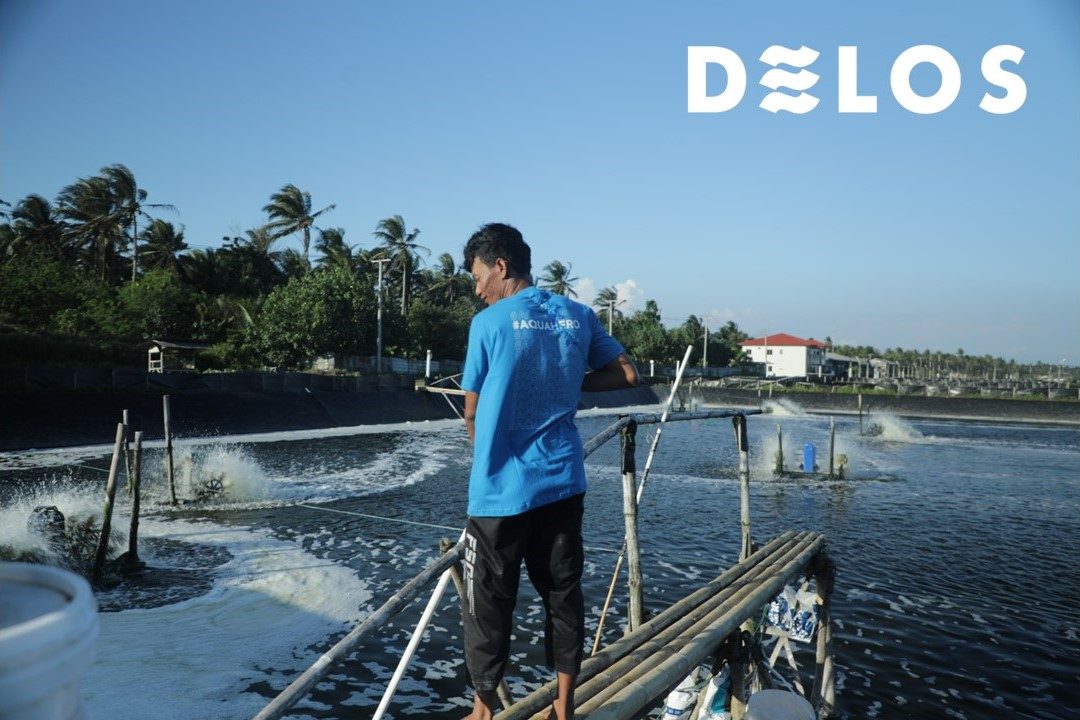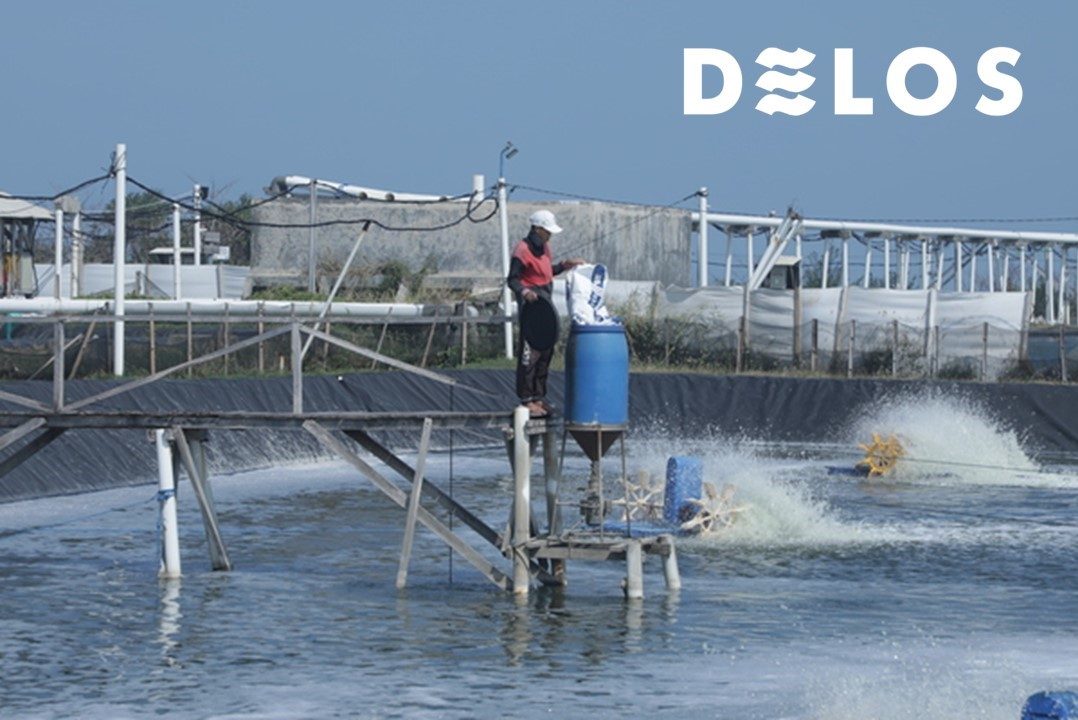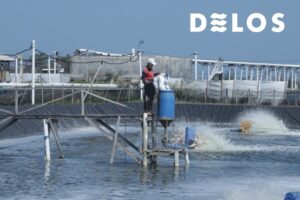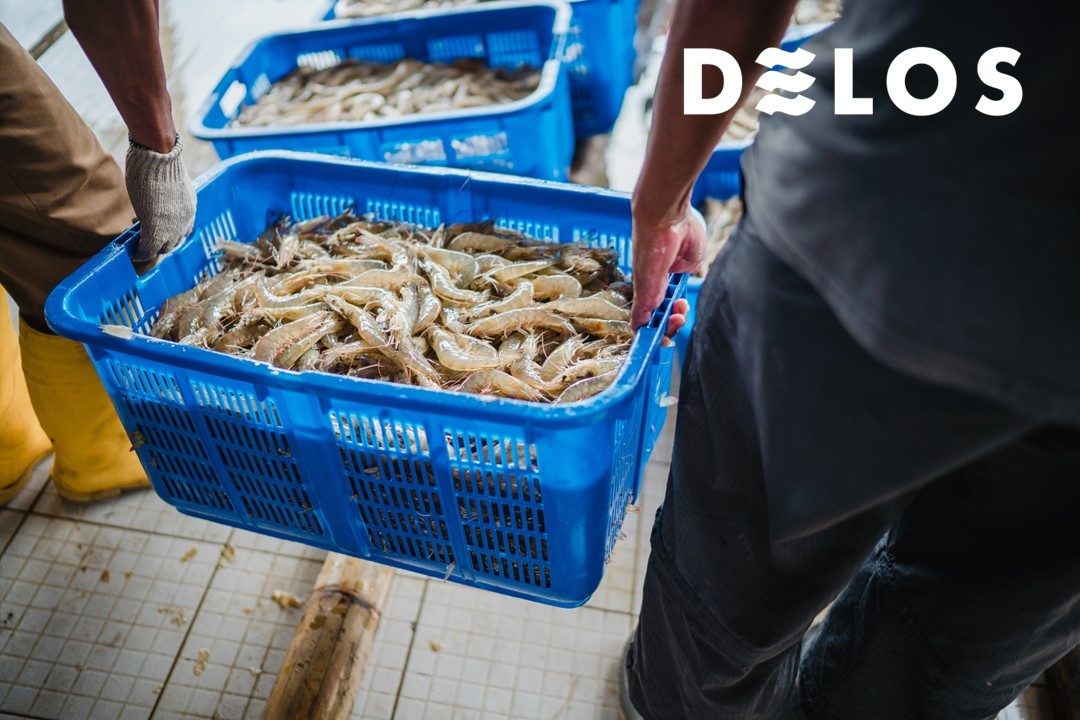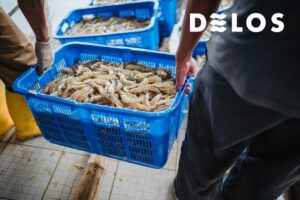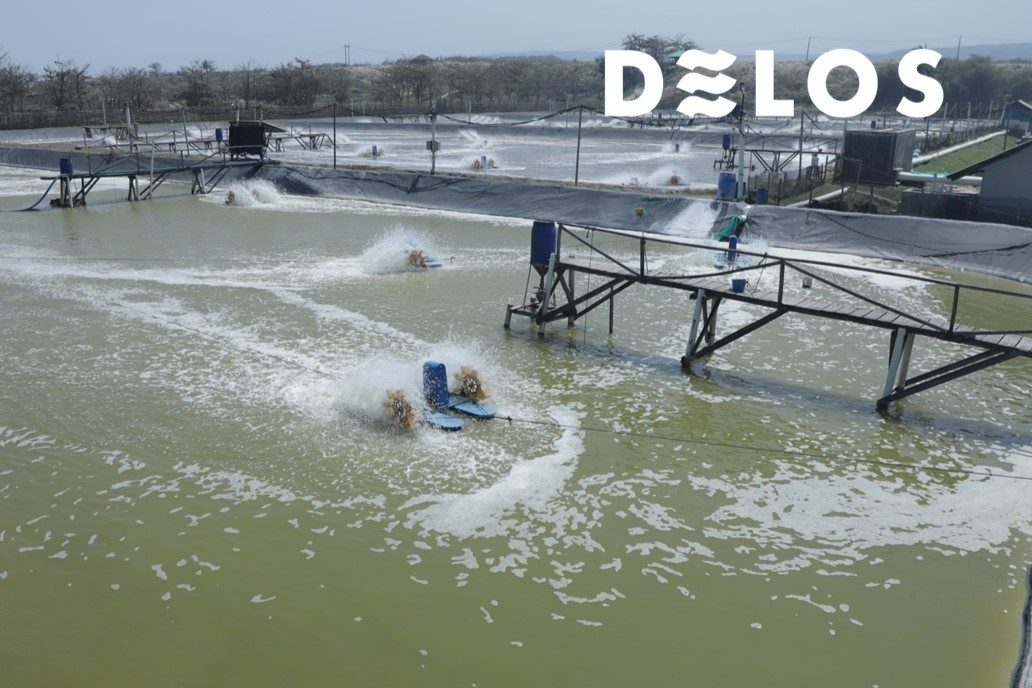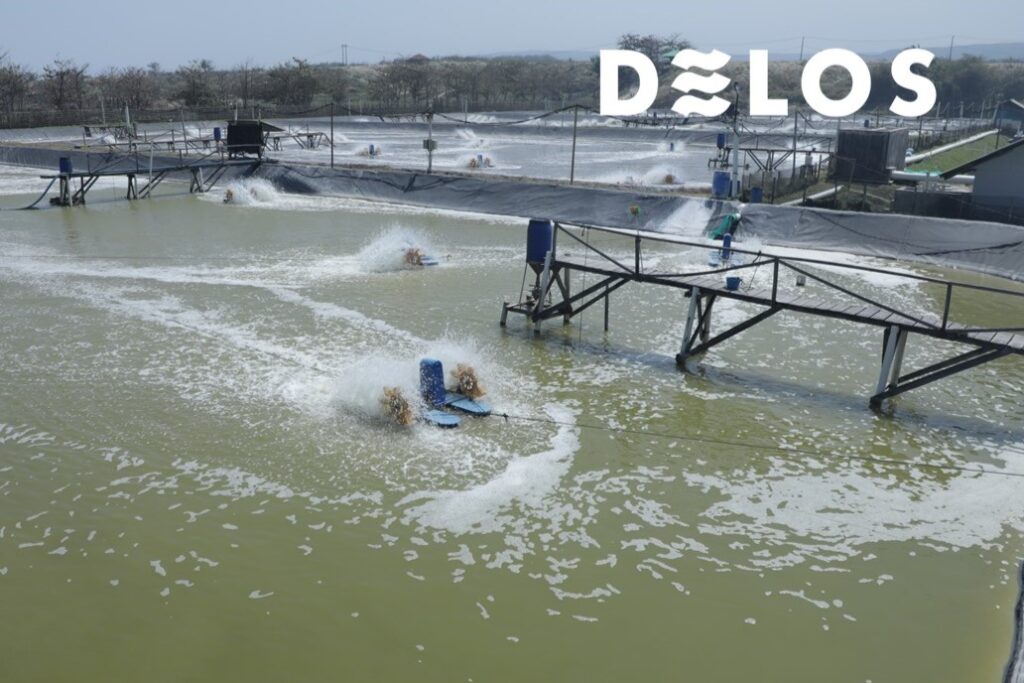Best Aquaculture Practices Certification (BAP): A Comprehensive Guide on How to Obtain It

Best Aquaculture Practices (BAP) certification is globally recognized for ensuring responsible and sustainable aquaculture practices. As we are well aware, the cultivation of aquatic commodities, be it fish, shrimp, or other marine species, has become an integral part of the global food production system.
With the ever-increasing demand for seafood products, there is a growing need for sustainable and responsible aquaculture practices.
This article will delve further into BAP certification, its benefits for the aquaculture industry and seafood production, and how to obtain it.
Also Read: Easy! This is a Guide for Exporting Shrimp to the European Union
What Is BAP Certification?
The Best Aquaculture Practices (BAP) certification program was established by the Global Seafood Alliance, a non-profit organization committed to promoting responsible aquaculture practices.
BAP certification sets strict and responsible standards for fisheries in both environmental and social aspects. It covers various aspects of aquaculture, including farming, processing, and hatcheries, and spans species such as fish, shrimp, and shellfish.
Core Principles of BAP Certification
1. Food Safety
BAP certification ensures that aquaculture products are safe for consumption. They have strict guidelines and quality control standards in place to guarantee this.
2. Environmental Responsibility
BAP certification also encourages sustainable aquaculture practices that minimize negative environmental impacts. This includes habitat preservation, water conservation, and responsible use of feed and medications in aquaculture ponds.
3. Social Accountability
BAP certification not only focuses on aquaculture practices but also addresses social issues. This includes ensuring fair labor practices, implementing workplace safety and health measures, and local community involvement.
4. Welfare of Cultivated Animals
BAP certification guarantees the humane treatment of aquatic species being farmed. This encompasses practices such as appropriate stocking densities and good health management.
5. Traceability and Transparency
Farms and facilities that have obtained BAP certification demonstrate that they have implemented systems that allow for the transparent tracing of their aquaculture products from the source to the consumer’s table.
Also Read: CBIB Certification in Shrimp Farming and How to Obtain It
Significance of BAP Certification
BAP certification holds significance for various stakeholders in the aquaculture industry:
1. Consumers
BAP certification provides consumers with the assurance that the seafood products they purchase have been produced using responsible and sustainable methods. This contributes to the preservation of marine ecosystems.
2. Retailers and Restaurants
Many retailers and restaurants require their seafood suppliers to have BAP certification, ensuring that their products meet sustainability standards.
3. Producers
BAP certification assists aquaculture producers in accessing international markets, building credibility, and increasing the value of their products.
4. Environmental Conservation
By promoting responsible aquaculture practices, BAP certification plays a crucial role in reducing the industry’s impact on the environment, including issues like water pollution and overfishing.
How to Obtain BAP Certification
Obtaining BAP certification involves a structured process that includes several key steps:
1. Preliminary Assessment
The first step is to conduct a self-assessment to determine whether your aquaculture operation meets BAP standards. Global Seafood Alliance provides guidelines and checklists to help you assess your current practices.
2. Application
After the preliminary assessment, you can submit an application to the BAP program. This application typically includes detailed information about your aquaculture operation.
3. Audit and Inspection
Once the application is accepted, a qualified certification body will conduct an on-site audit and inspection of your facility to evaluate your adherence to BAP standards. This process involves a thorough assessment of your farming, processing, or hatchery operations.
4. Corrective Actions
Based on the audit findings, you may need to implement corrective actions to address any non-compliance issues with BAP standards.
5. Certification
Once all corrective actions have been successfully completed, and the certification body is satisfied with your compliance, you will be awarded BAP certification.
6. Maintenance and Renewal
BAP certification is not a one-time process. It requires ongoing maintenance and renewal to ensure continued compliance with the standards.
Also Read: HACCP Certification: Procedures, Requirements, and How to Obtain It
Export Your Vannamei Shrimp with AquaLink!
BAP certification is a globally recognized standard that signifies responsible and sustainable aquaculture and shrimp farming practices. With the ever-increasing demand for seafood products, the importance of BAP certification in ensuring the health of our oceans and the well-being of communities and workers in the aquaculture industry cannot be overstated. Obtaining BAP certification involves a rigorous process, but the benefits for producers, consumers, and the environment are substantial.
In addition, if you’re considering exporting vannamei shrimp, BAP certification is often a prerequisite. To navigate the global market successfully, it’s important to acquire the necessary certifications and partner with a trustworthy and transparent export partner, such as AquaLink.
You can reach out to the DELOS AquaLink team at contact@delosaqua.com or submit an inquiry through our website at www.delosaqua.com to start exporting your vannamei shrimp with AquaLink!



